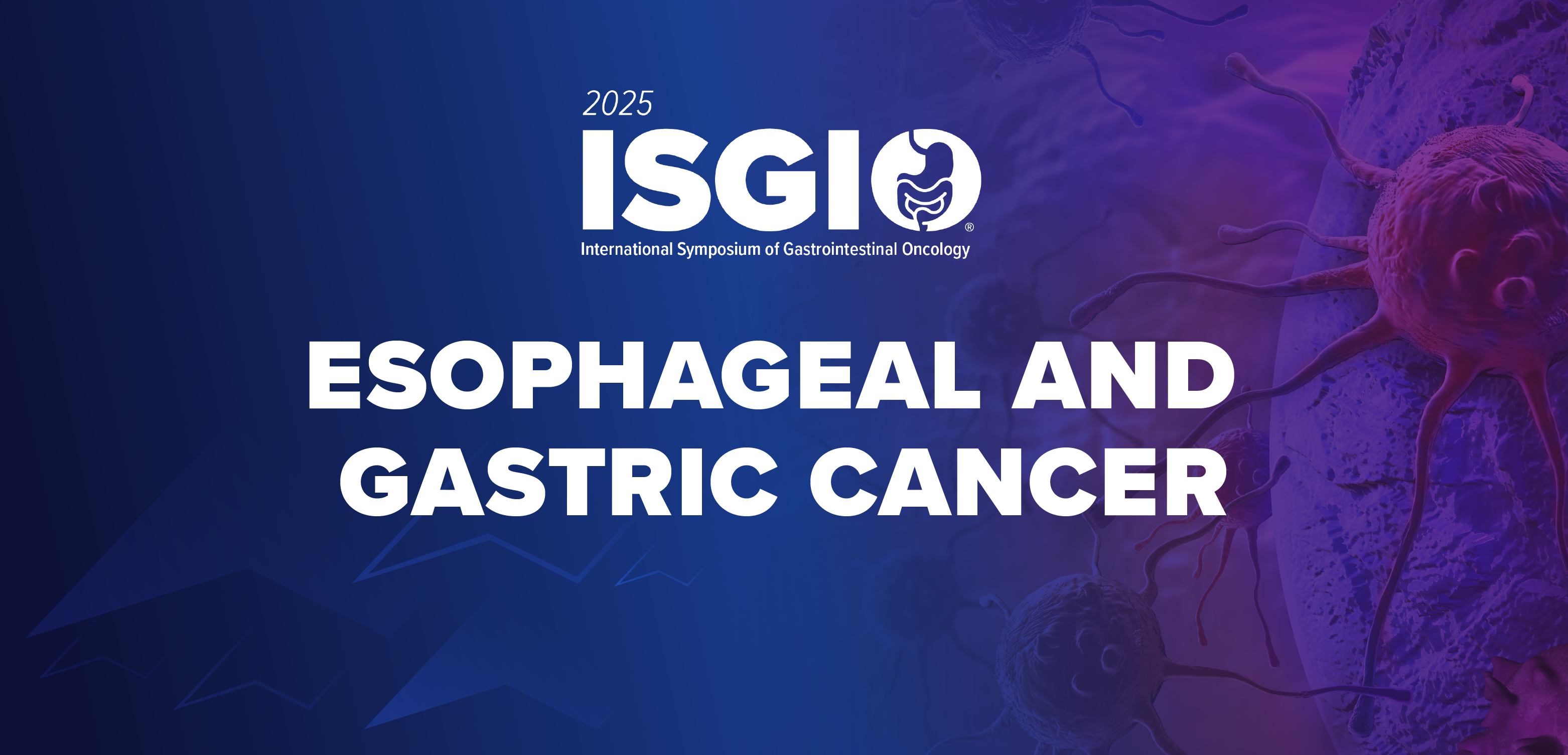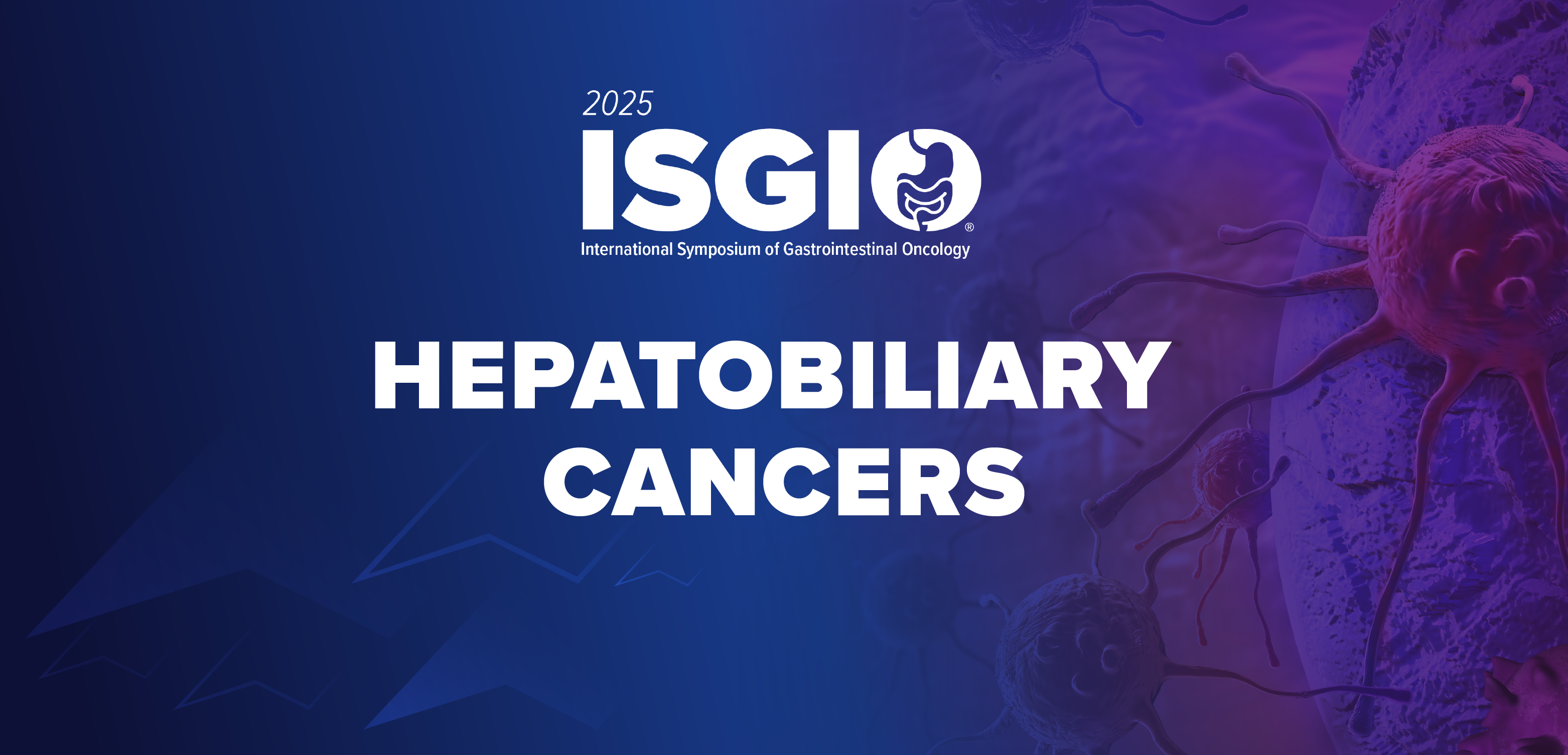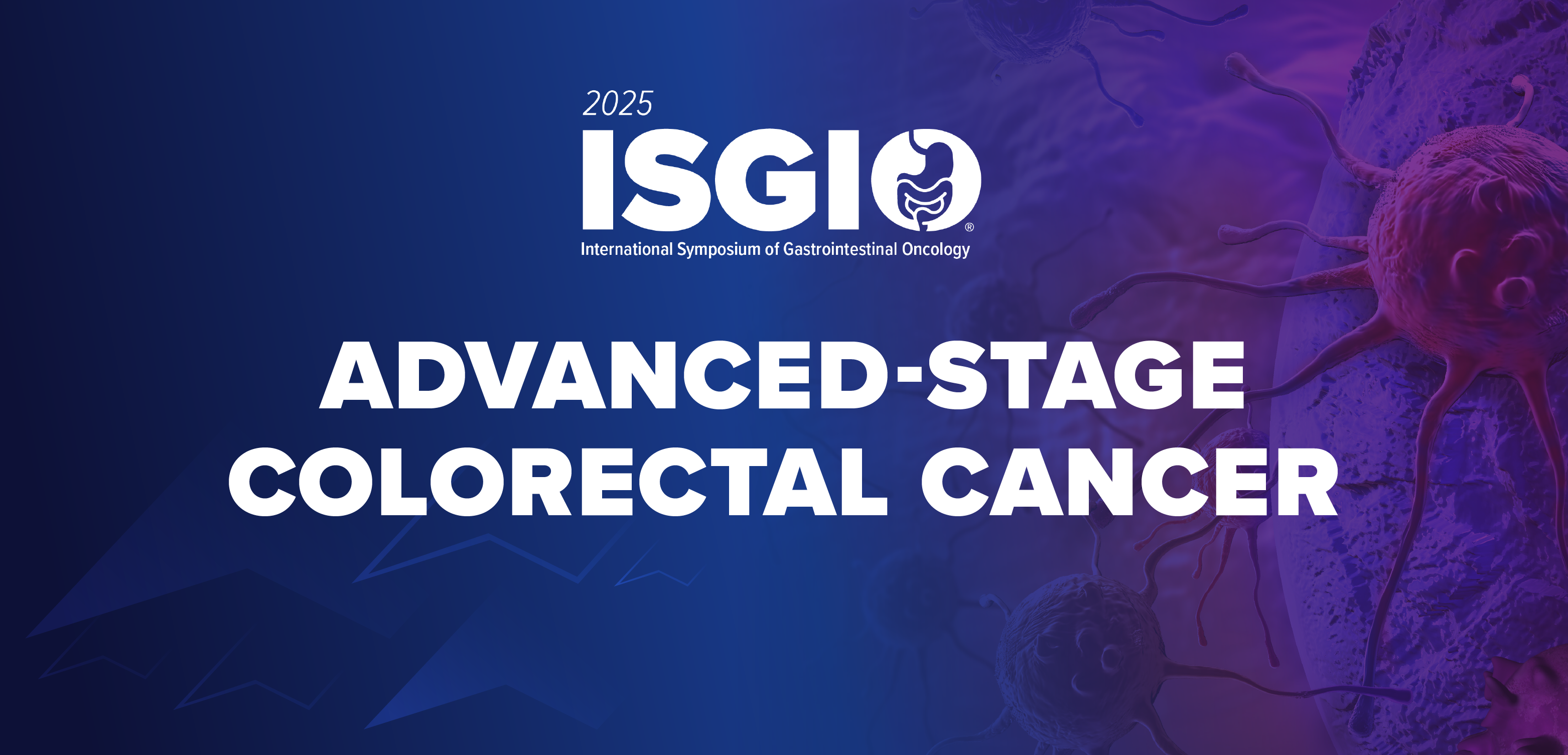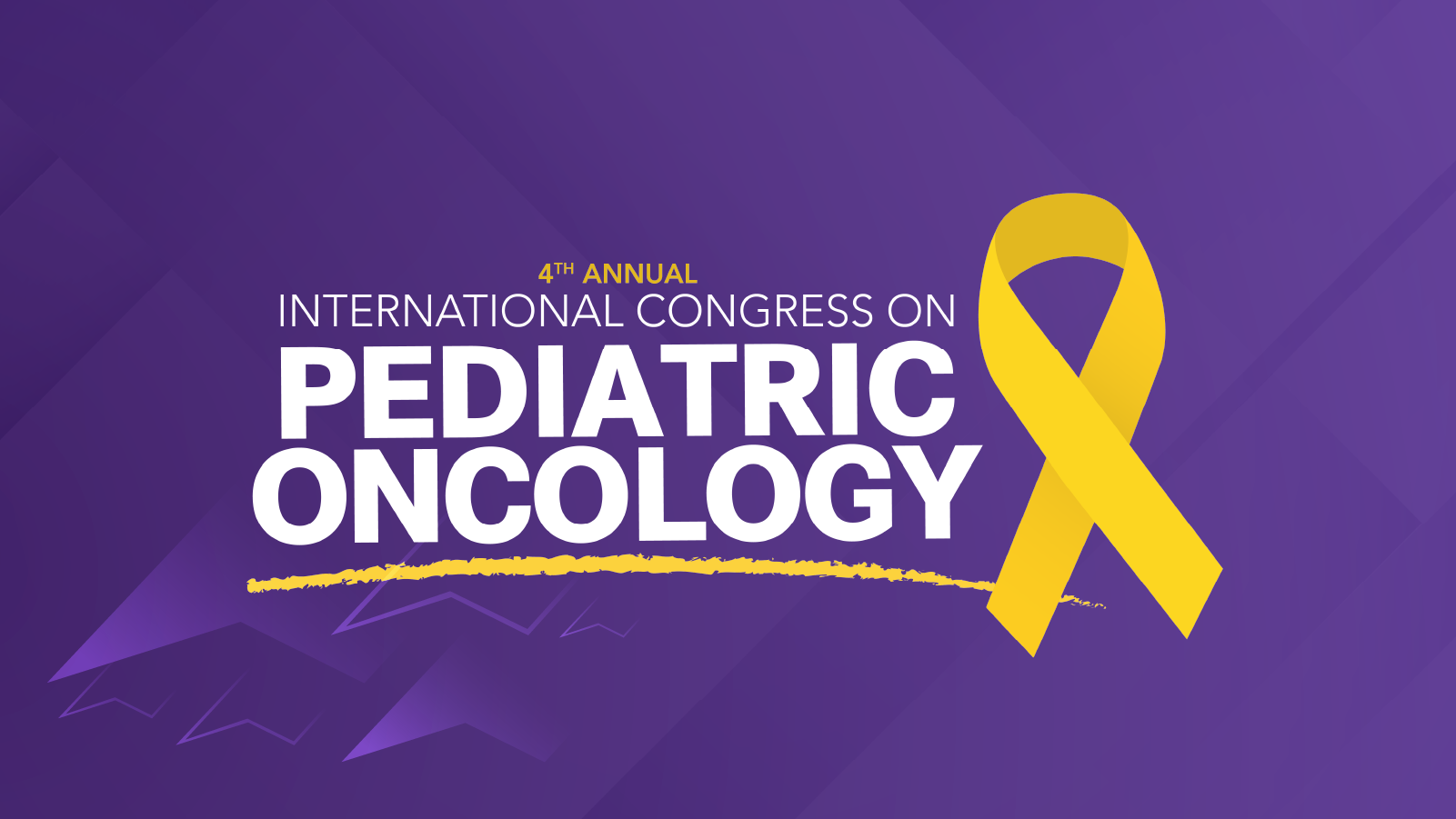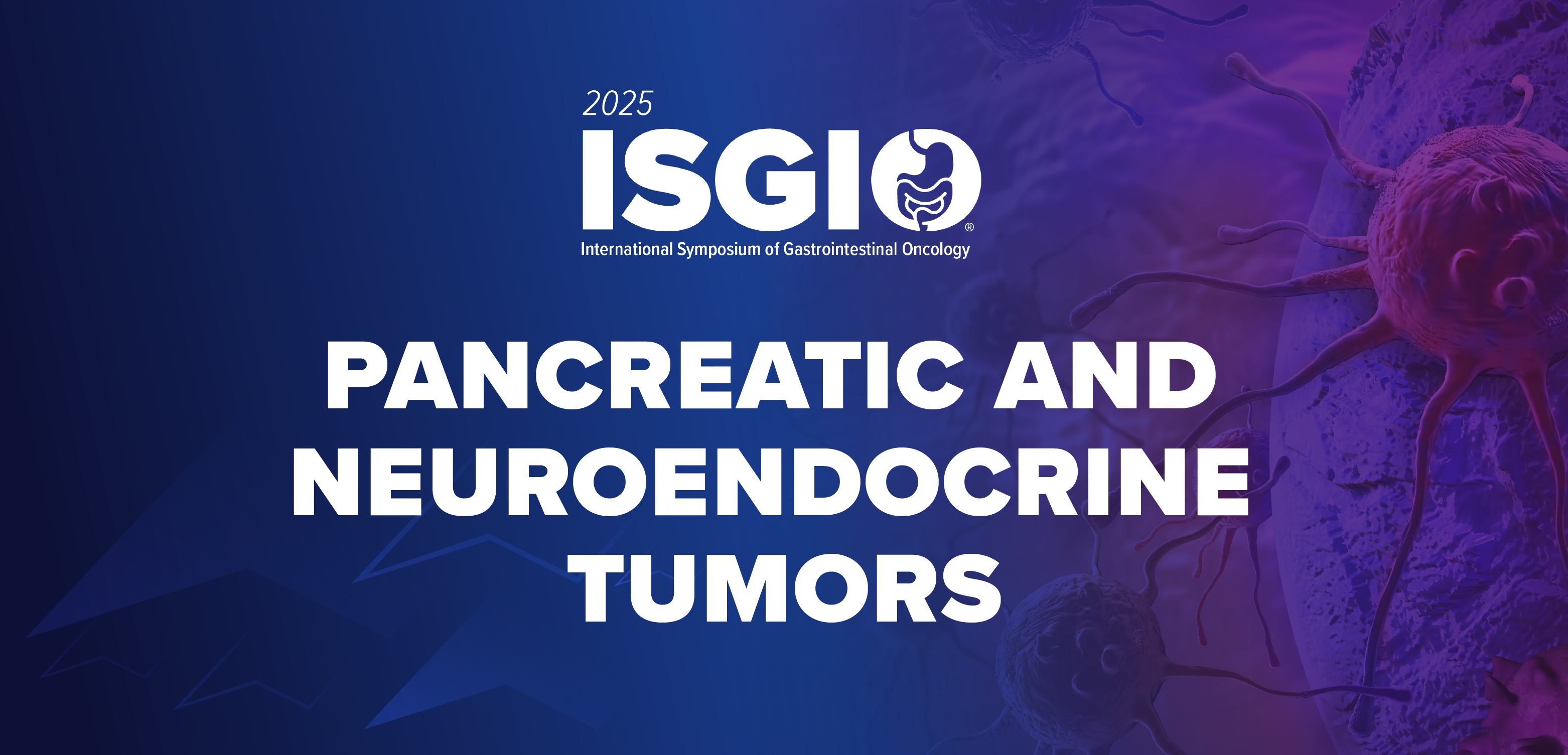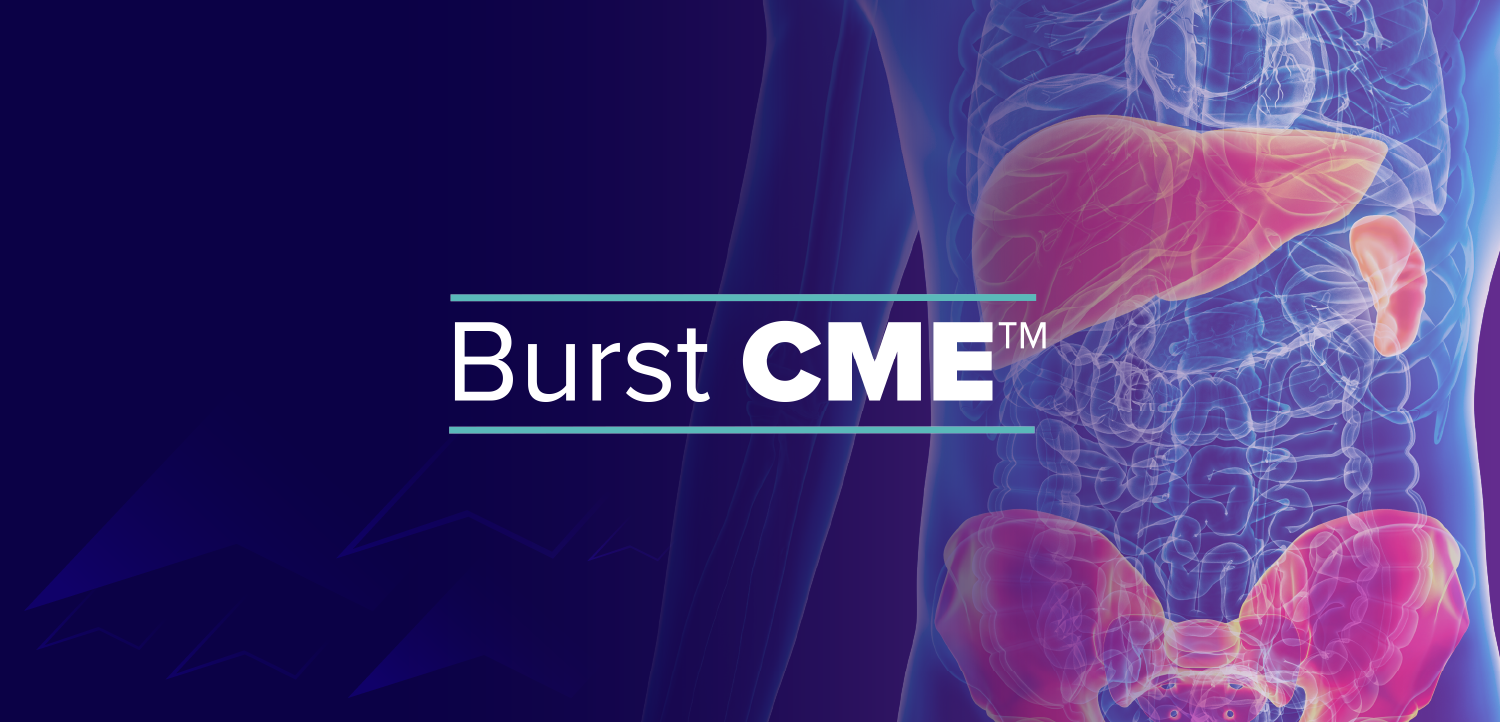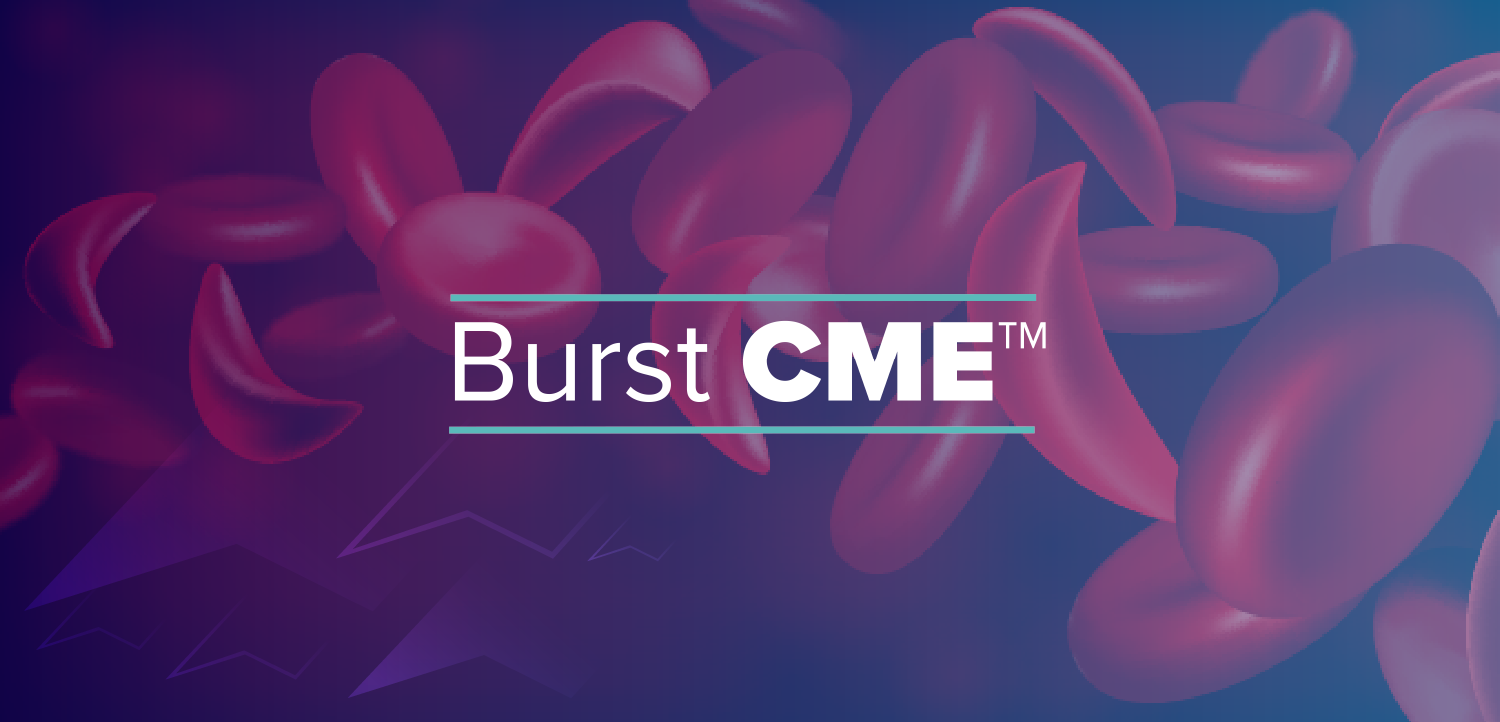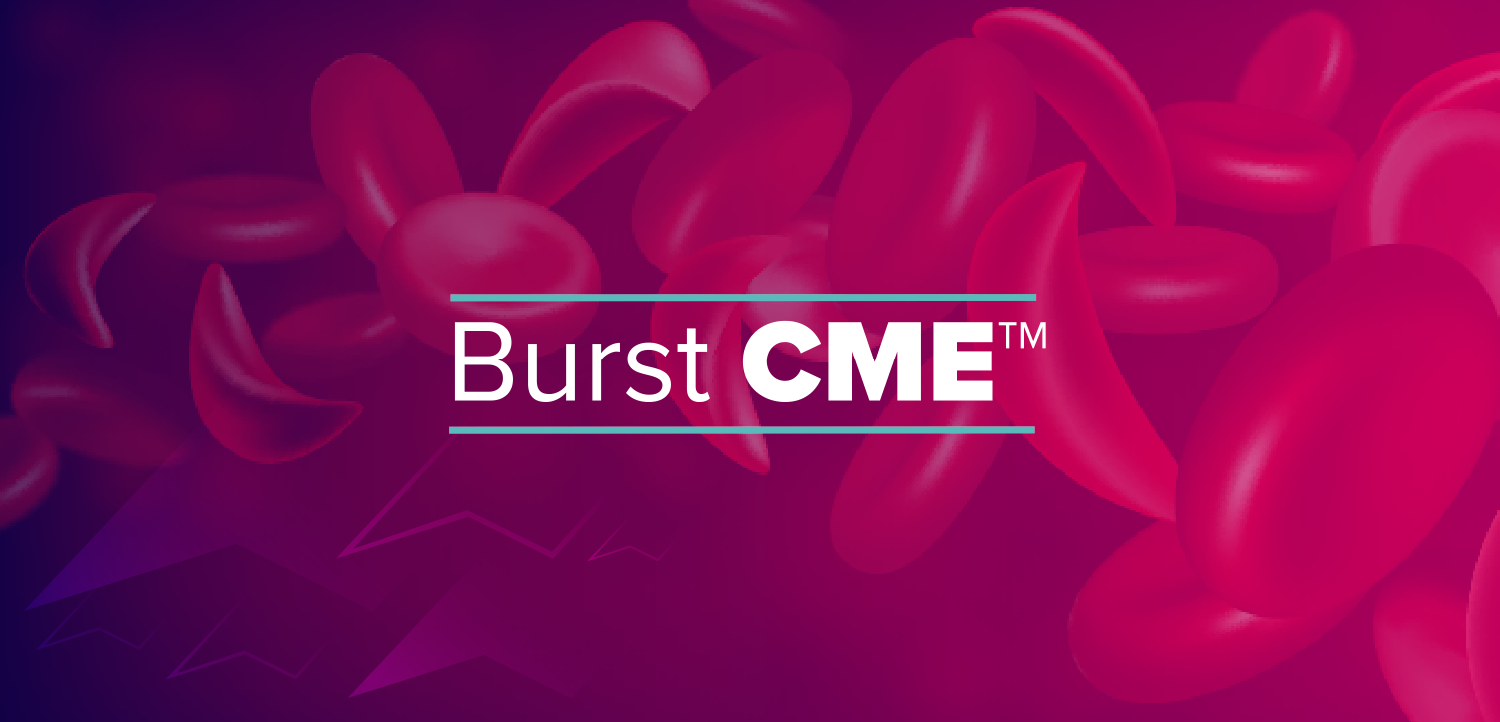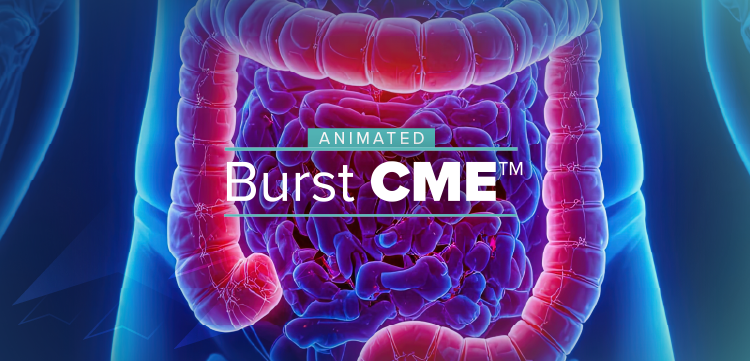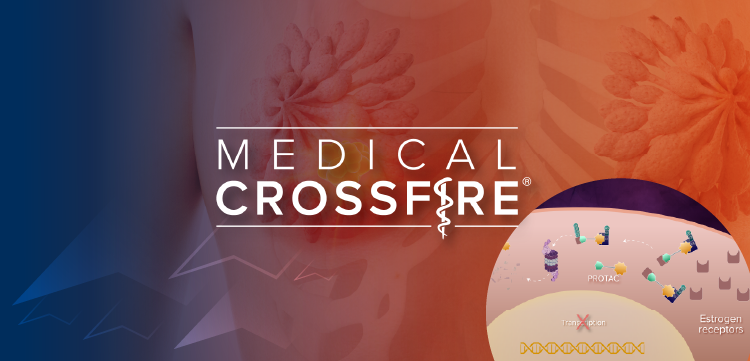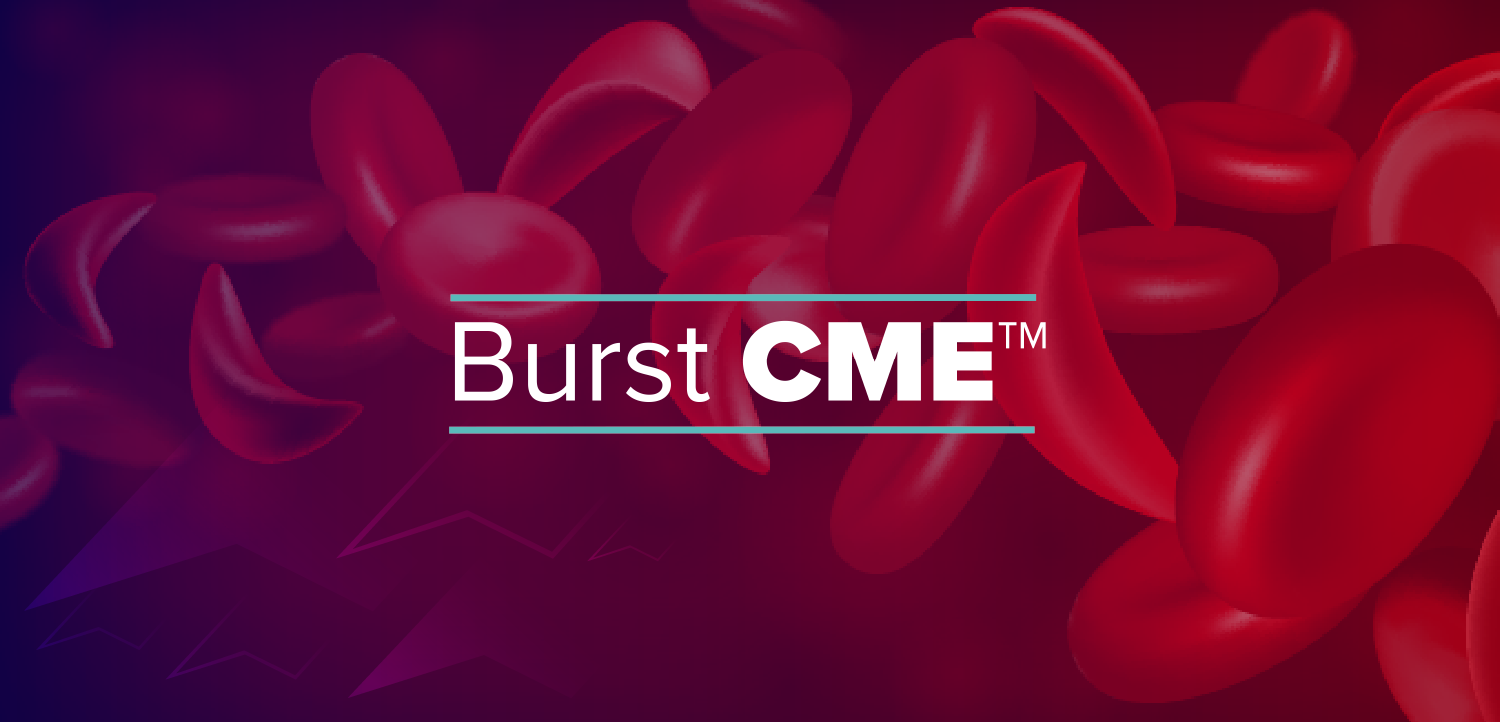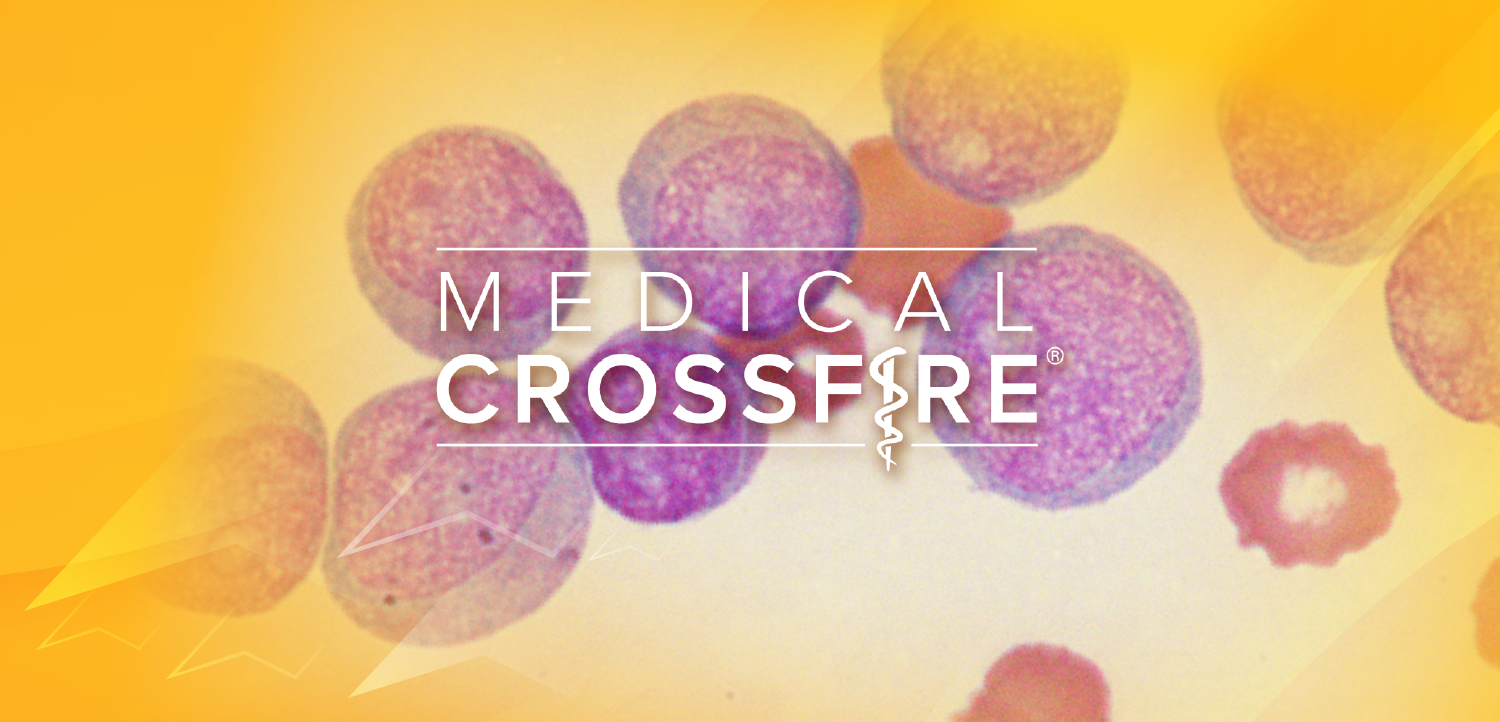Findings from a new study published in BMC Gastroenterology support the use of a simple, noninvasive diagnostic algorithm for predicting advanced liver fibrosis in patients with chronic hepatitis B (CHB), offering a practical alternative to liver biopsy, especially in primary care and resource-limited settings. This prospective, multicenter cross-sectional study included 602 patients with CHB who underwent liver biopsy: 408 in a training cohort from 2 centers and 194 in an external validation cohort from a third center.
One decision rule (rule No. 1) identified advanced fibrosis (F3-F4) using criteria of platelet count less than 185 × 10⁹/L, age less than or equal to 38 years, and γ-glutamyltransferase (GGT) greater than or equal to 27 IU/L. This rule applied to 60 patients (14.7%) in the training cohort, correctly classifying 41 as F3-F4, with a sensitivity of 53.9%, specificity of 94.3%, positive predictive value (PPV) of 68.3%, and negative predictive value (NPV) of 89.9%. Another rule (rule No. 2), which incorporated all 5 variables, identified patients without significant fibrosis (F0-F1) and demonstrated strong diagnostic performance, with a sensitivity of 90.1%, specificity of 74.7%, and both PPV and NPV of 83.8%. This rule applied to 260 patients (63.7%) in the cohort.1
Researchers developed a decision tree algorithm based on 5 routinely available variables: platelet count, alanine aminotransferase, aspartate aminotransferase, GGT, and patient age. This algorithm provides a noninvasive, cost-effective tool for accurately staging liver fibrosis in CHB, thereby enhancing clinical decision-making, particularly where advanced diagnostics are scarce.1
What You Need To Know
A decision-tree algorithm using platelet count, liver enzymes, and age predicts advanced liver fibrosis with high specificity (94.3%) and negative predictive value (89.9%) in chronic hepatitis B patients.
The algorithm also identifies patients without significant fibrosis with 90.1% sensitivity, facilitating fibrosis staging without invasive biopsy.
An extracorporeal immunoadsorption system using anti-HBsAg antibody-coated beads reduced serum HBsAg by 76.4% and HBV DNA by 66.2% in a preclinical rabbit model.
The immunoadsorbent showed no cytotoxicity and strong HBsAg-binding in vitro, suggesting promise as an adjunct to current therapies aiming for functional cure.
In findings from a separate CHB study published concurrently, a novel extracorporeal immunoadsorption therapy using anti–hepatitis B surface antigen (HBsAg) monoclonal antibody-coated agarose beads showed significant removal of HBsAg in a preclinical rabbit model, also published in BMC Gastroenterology. The system achieved a mean reduction of 76.4% in serum HBsAg and a 66.2% decrease in HB virus DNA levels in rabbits injected with HBsAg-positive serum. These results address a critical hurdle in achieving functional cure for CHB, defined by sustained HBsAg clearance, a goal rarely met by current antiviral therapies. Although immunoadsorption therapy offers a novel adjunctive approach by directly removing HBsAg, further clinical studies are needed to evaluate its safety, tolerability, and efficacy in humans.2
To develop the system, researchers screened 6 monoclonal antibodies and selected the most effective for coupling to agarose beads. The resulting immunosorbent was validated for adsorption efficiency and structural integrity using scanning electron microscopy and energy-dispersive spectrometry. In vitro cytotoxicity testing with V79 lung fibroblasts confirmed no adverse effects on cell viability. The immunosorbent exhibited strong static and dynamic HBsAg-binding capacity in vitro, which supported its testing in an extracorporeal circulation system in vivo.2
Together, these studies highlight 2 promising, science-driven advances in CHB management: a validated, noninvasive fibrosis staging algorithm that leverages routine laboratory tests for risk stratification and an innovative immunoadsorption system offering a mechanistically novel method to clear HBsAg, an essential step toward functional cure. Clinical trials are warranted to confirm the safety, tolerability, and therapeutic benefit of these approaches in human patients.
References
1. Nana J, Bosson JL, Skaare K, et al. Diagnostic performance of a new algorithm combining simple, non-invasive and inexpensive tests for predicting the presence of advanced liver fibrosis in patients with chronic hepatitis B. BMC Gastroenterol. 2025;25(1):447. doi:10.1186/s12876-025-03857-4
2. Wang M, Zhou Q, Wu H, et al. Efficacy of extracorporeal immunoadsorption therapy for removal of HBsAg. BMC Gastroenterol. 2025;25(1):449. doi:10.1186/s12876-025-04062-z
















































































































































